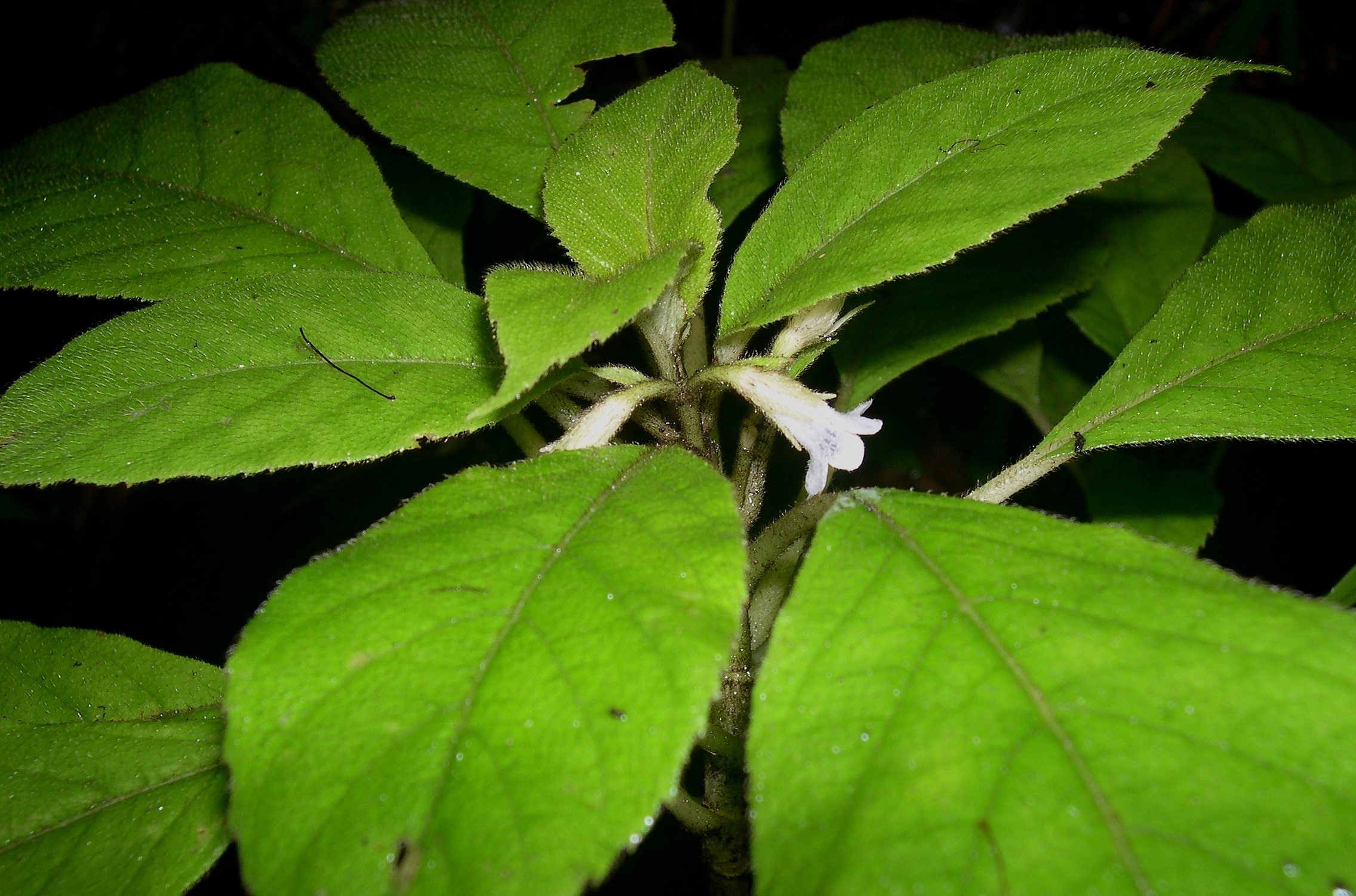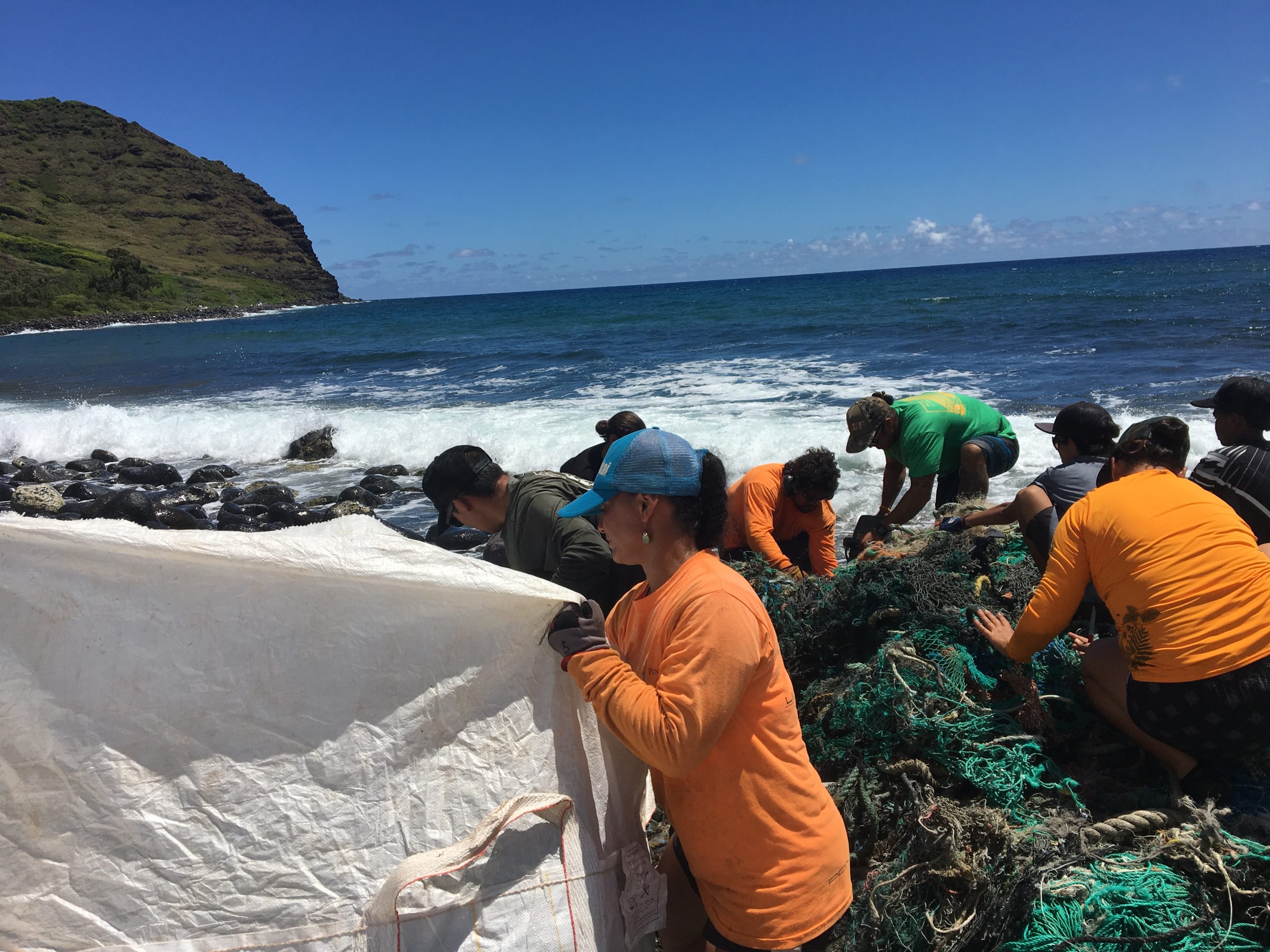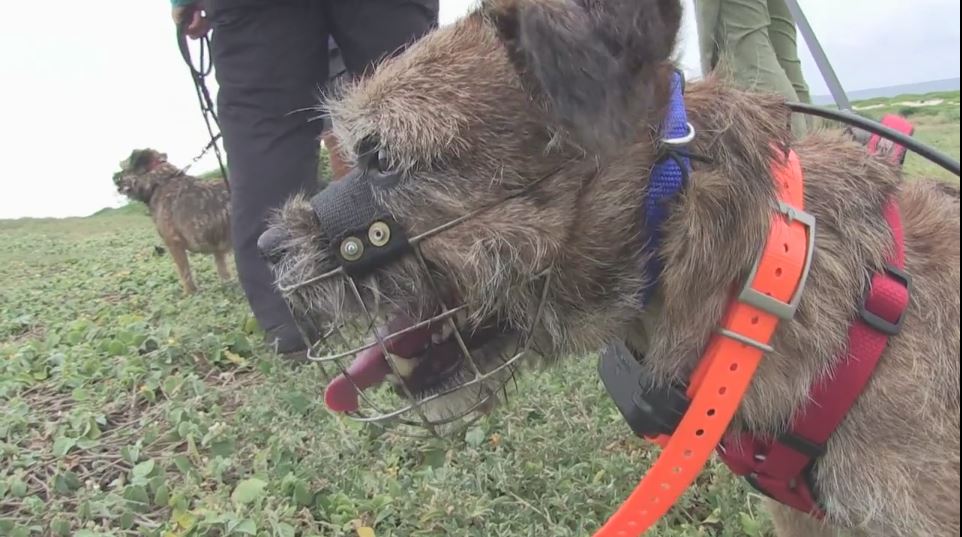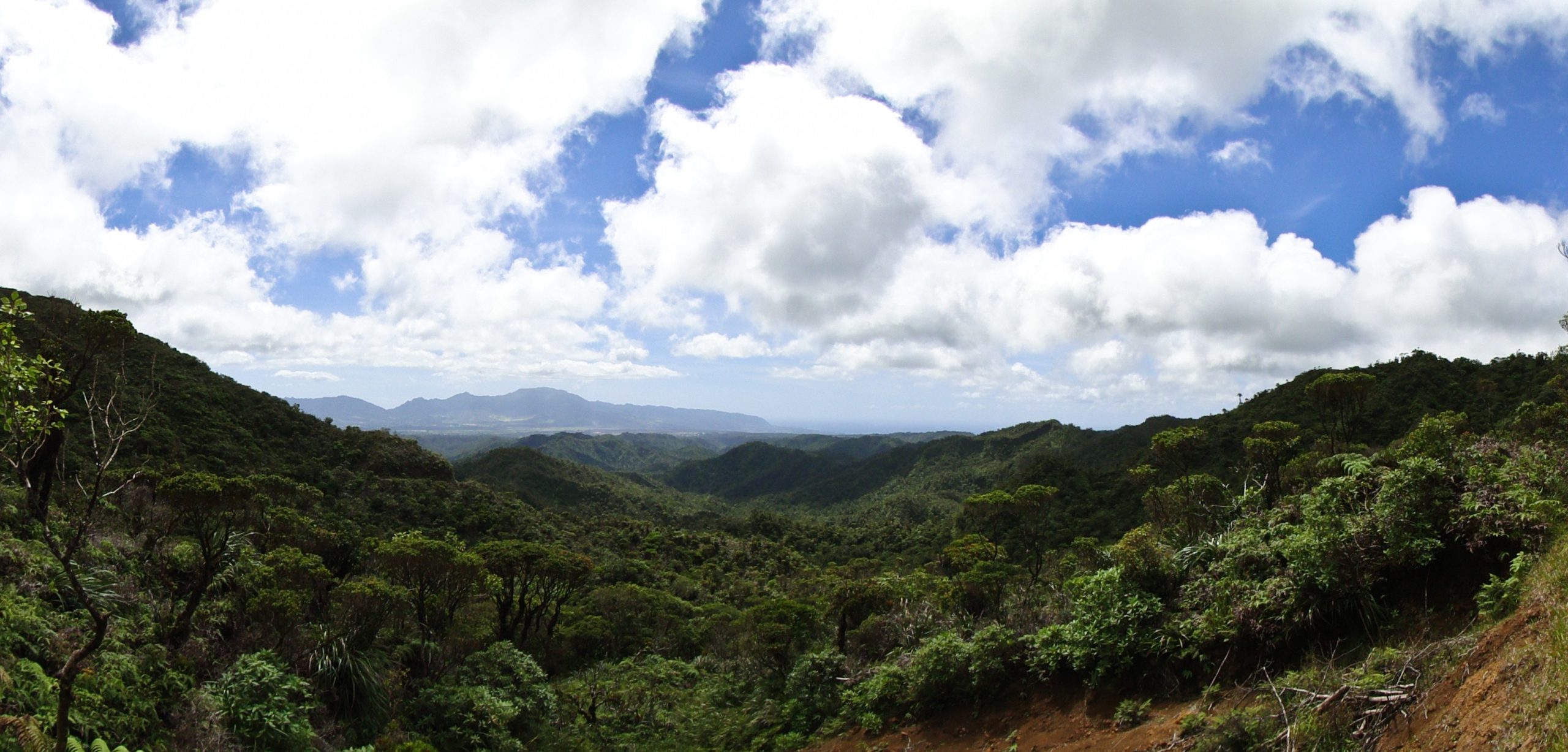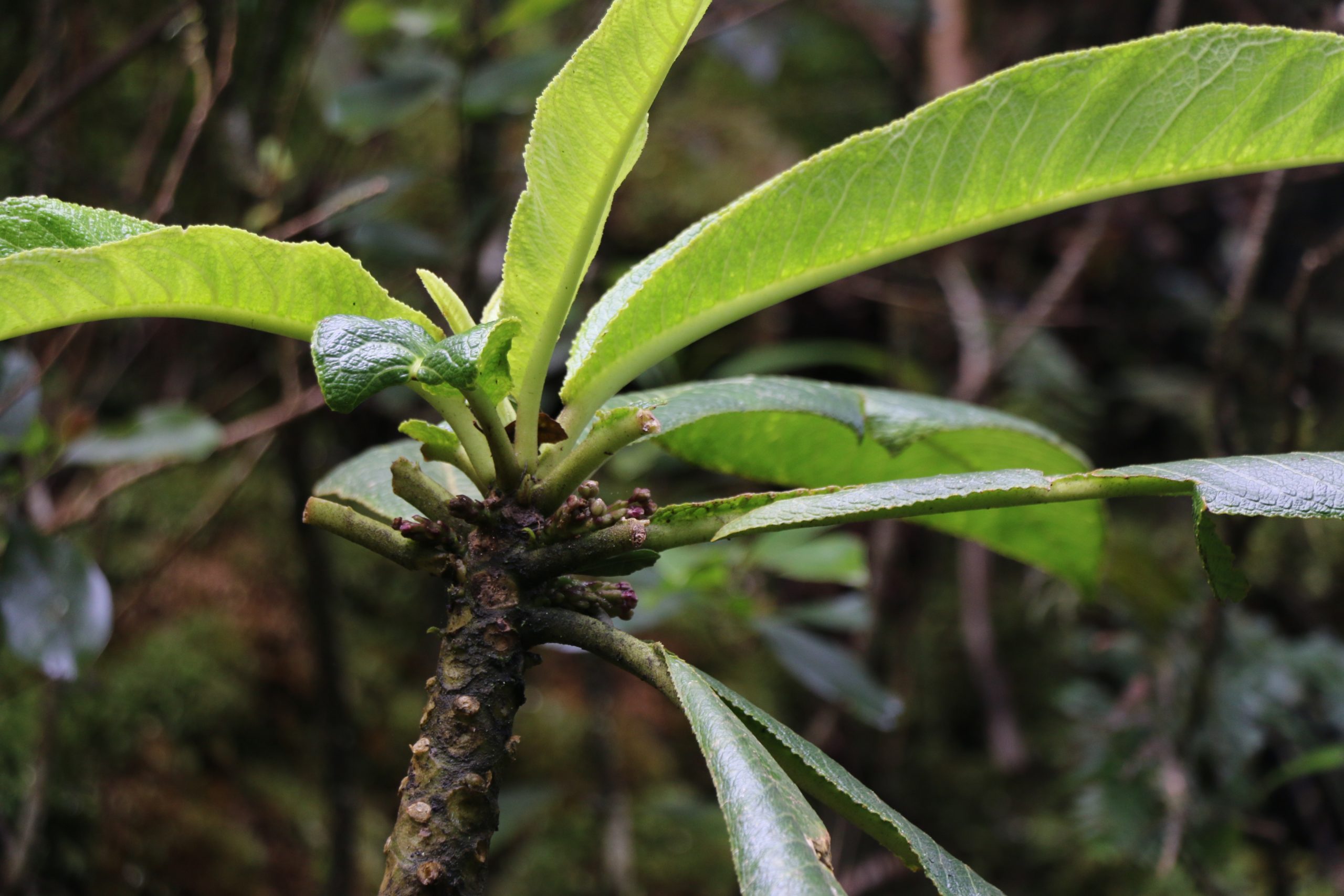(Puna) – The East Rift Zone Eruption event has destroyed important populations of two of Hawaiʻi’s endangered plants. This loss highlights the importance of managing other threats to native species across the state and the need to increase resilience of such populations.
Forestry & Wildlife
HILO – The Department of Land and Natural Resources (DLNR) Division of Forestry and Wildlife (DOFAW) announces the opening of the hunting season in the Pu‘u Wa‘awa‘a forest reserve (PWW), youth and disabled hunt and makai sections pursuant to Title 13, Chapter 123, "Rules Regulating Game Mammal Hunting." DLNR-DOFAW also announces a special ungulate control program for the PWW mauka section pursuant to Title 13, Chapter 123-9, "Rules Regulating Game Mammal Hunting."
(Halawa, Moloka‘i) -- It took a community effort over several weeks to successfully clean up various kinds of marine debris from the beautiful beaches at the east end of Moloka‘i. More than 60 big bags full of trash were collected during a team effort between Moloka’i volunteers, a school class, staff from a local ranch, and help from several agencies. The biggest challenge was a net mass that was described as the size of a large SUV in one gigantic doughnut-like ball, about 25-30 yards across.
(LIHUE, KAUAI) – A new study from Kauai’s Alakaʻi Wilderness Preserve has demonstrated how different types of management may enable the long-term survival of the Puaiohi, a critically endangered native thrush that is central to maintaining healthy native forests. With fewer than 500 Puaiohi left in the wild, maintaining this small population of the last remaining native seed dispersing species is of particular importance.
DEPARTMENT OF LAND AND NATURAL RESOURCES News Release DAVID Y. IGE GOVERNOR SUZANNE D. CASE CHAIRPERSON For Immediate News Release June 24, 2018 EAST RIFT ZONE ERUPTION BRINGS DRAMATIC CHANGES ...
Read More 06/24/18 – East Rift Zone Eruption Brings Dramatic Changes To State Lands
(Lihue) – Henry and Reese are six-year-old and three-year-old Border Terriers respectively, who spent most of last week crisscrossing the rugged, hot, wind-swept terrain of tiny Lehua Island. Lehua is a State Seabird Sanctuary and the site of an intensive restoration project over the past nine months to protect seabirds by removing invasive rats. In 2017, the partners of the Lehua Island Restoration Project applied a conservation bait to remove the population of invasive Pacific rats which eat the chicks of nesting seabirds and devour the native plants that help support a large variety of bird life here.
HONOLULU -- A two-month project to rehabilitate two historic World War II-era structures known as the Lanikai “pillboxes” on the popular hiking trail on Ka‘iwa ridge, Kailua will finally begin on Thursday, June 21, 2018.
(HONOLULU) – Are you a private landowner, non-profit group, or local government agency interested in protecting and managing forested lands? The Department of Land and Natural Resources (DLNR), Division of Forestry and Wildlife is seeking new projects for two federally-funded forest acquisition programs: the Community Forest Program and the Hawaiʻi Forest Legacy Program.
(HONOLULU) – A workshop for landowners and land managers interested in managing their land for forestry will be held on June 30 on O‘ahu to provide information on programs that can help them implement their forestry projects. The West O‘ahu Soil and Water Conservation District and the Department of Land and Natural Resources (DLNR), Division of Forestry and Wildlife (DOFAW) have partnered with Nick Dudley, research forester, of the Hawai‘i Agriculture Research Center (HARC) to present this event. Register today to explore how agroforestry, native forest management, and small-scale high value hardwood production can optimize your land function and value. Workshop is limited to 30 attendees.
(Honolulu) – Deep in the Honouliuli Forest Reserve, high in Oah‘u’s Wai‘anae Mountains, a sophisticated monitoring station is watching Caly 24-hours a day, seven-days a week. Caly (cyanea calycina) or haha in Hawaiian, is one of less than 200 members of this species left on O‘ahu.
